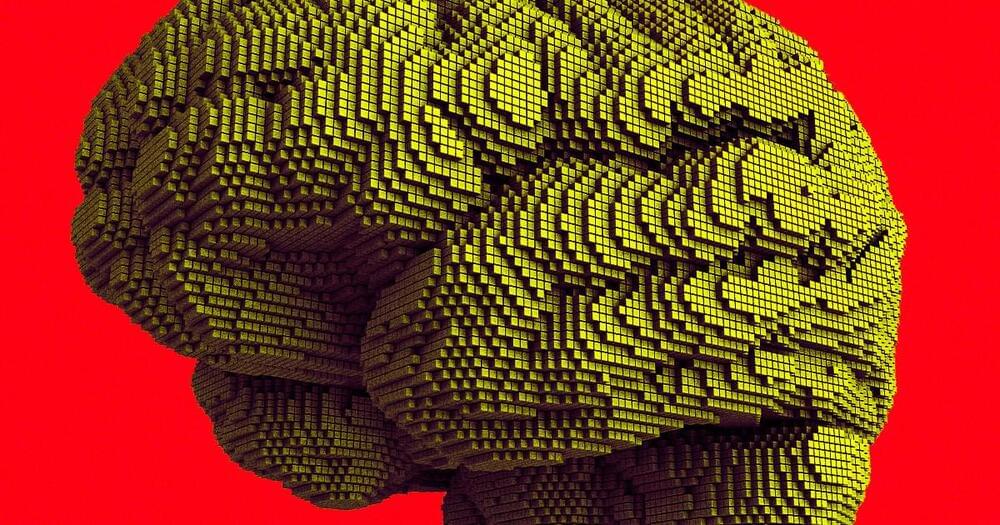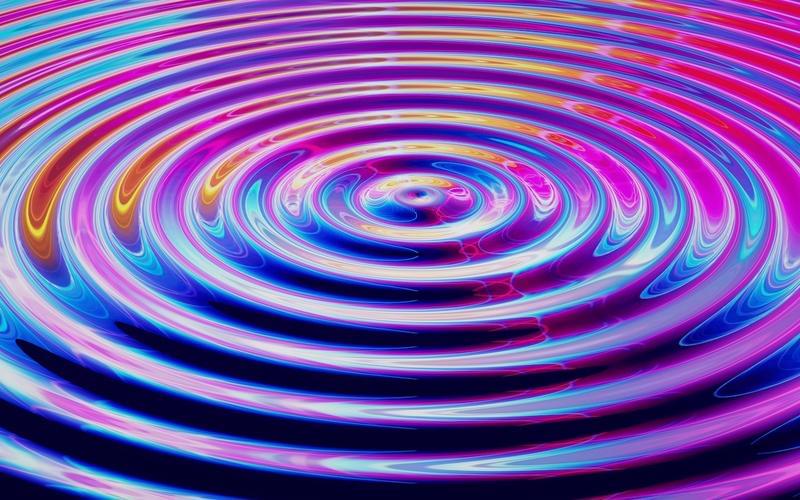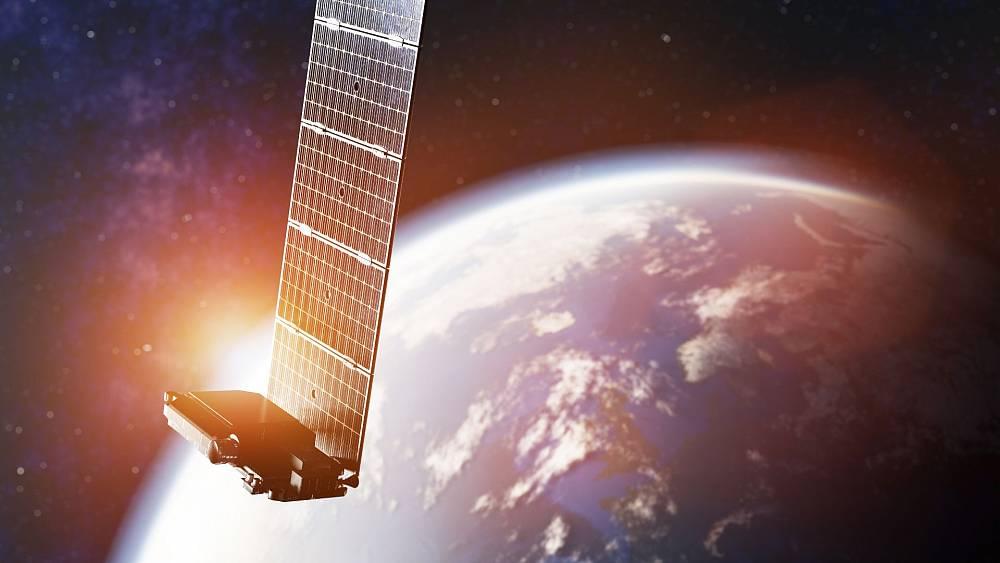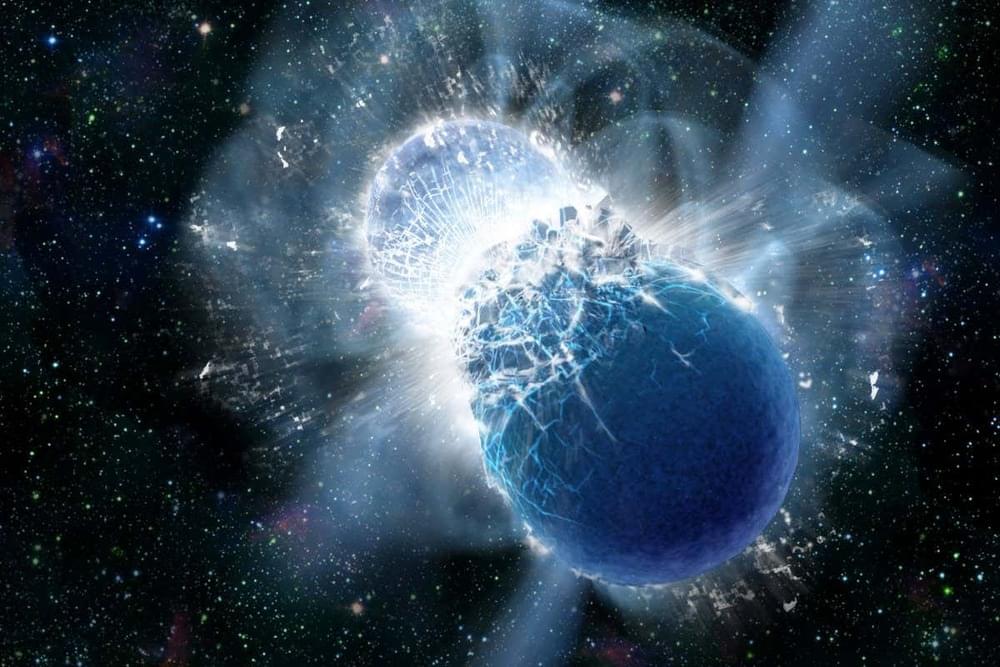MIT’s new “passive cooling” system could break the spiral of more air conditioning.


Inspired by living things from trees to shellfish, researchers at The University of Texas at Austin set out to create a plastic much like many life forms that are hard and rigid in some places and soft and stretchy in others. Their success—a first, using only light and a catalyst to change properties such as hardness and elasticity in molecules of the same type—has brought about a new material that is 10 times as tough as natural rubber and could lead to more flexible electronics and robotics.
The findings are published today in the journal Science.
“This is the first material of its type,” said Zachariah Page, assistant professor of chemistry and corresponding author on the paper. “The ability to control crystallization, and therefore the physical properties of the material, with the application of light is potentially transformative for wearable electronics or actuators in soft robotics.”

Last year, the pharmaceutical company Biogen released a drug called Aduhelm. It was the first new Alzheimer’s drug approved by the FDA in almost 20 years, but its rollout was mired in controversy — vast swaths of experts decried its approval, claiming there simply wasn’t enough evidence to support its efficacy, while the Journal of American Medicine (JAMA) rejected Biogen’s key Aduhelm paper. Shortly thereafter, Medicare chose to limit coverage of the drug.
All that is to say that given last year’s Aduhelm spectacle, you’d be forgiven for doubting what appears to be a promising development in Biogen’s continued Alzheimer’s drug development. And that’s just what it announced with a collaborator, fellow pharmaceutical maker Eisai, on Tuesday. But that being said, initial data suggests that the new drug is actually proving quite successful in late-stage clinical trials — enough so that Biogen might have a redemption arc, after all.
That new drug, lecanemab, is an anti-amyloid medication. An amyloid is a type of protein, and a normal one for brains to produce. An overabundance of amyloids, however, is believed to be caused by a disruption in a healthy brain’s built-in protein disposal system, resulting in a plaque; although our understanding is still fuzzy, brains with Alzheimer’s are shown to have abnormal plaque levels, so the idea is that anti-amyloid lecenameb, administered intravenously, could scrub that plaque away.

Two of the key founders of quantum physics, Einstein and Schrödinger, were deeply sceptical of its implications about uncertainty and the nature of reality. Today, the orthodox reading is that uncertainty is indeed an inherent feature of quantum systems, not a reflection of our own lack of knowledge. But Oxford physicist Tim Palmer now argues that chaos theory shows that quantum uncertainty is in fact down to our own ignorance, not reality itself. This could have far-reaching consequences for our ability to marry quantum mechanics with general relativity.

Many have disparities about the superintelligence being bad but what if it was good? Also what if the superintelligence could be a good superintelligence. Many are agreeing with the fact that AI for good could mean another Era of prosperity.
A Vatican institute and major companies delivered a set of A.I. principles to Pope Francis.

Simple microparticles can beat rhythmically together, generating an oscillating electrical current that could be used to power micro-robotic devices.
MIT is an acronym for the Massachusetts Institute of Technology. It is a prestigious private research university in Cambridge, Massachusetts that was founded in 1861. It is organized into five Schools: architecture and planning; engineering; humanities, arts, and social sciences; management; and science. MIT’s impact includes many scientific breakthroughs and technological advances. Their stated goal is to make a better world through education, research, and innovation.


A jet of radiation from two colliding neutron stars appears to be travelling at seven times the speed of light, according to measurements from the Hubble Space Telescope. Although this is merely an optical illusion, as nothing can travel faster than the speed of light, it provides key insights into mysterious gamma ray bursts, which aren’t fully understood.
AI, Ameca, Elon Musk and Boston Dynamics. A big month for AI. Please visit https://brilliant.org/digitalengine — a great place to learn about AI and STEM subjects. You can get started for free and the first 200 people will get 20% off a premium annual subscription.
Thanks to Brilliant for sponsoring this video.
The surprising benefits of curiosity:
https://greatergood.berkeley.edu/article/item/six_surprising…_curiosity.
A path towards autonomous machine intelligence, Yann LeCun.
https://openreview.net/pdf?id=BZ5a1r-kVsf.
The AI is GPT-3, which you can access via OpenAI. If you ask it similar questions, you’ll usually get similar answers (with some variation based on settings and prior conversation).
The human-like avatar is from Synthesia (we created the Tesla robot avatar).
Google is expanding its real-world tests of Project Starline’s video calling booths with an early access program that will see the tech used in the offices of various enterprise partners, including Salesforce, WeWork, T-Mobile and others.